Form follows profit is the aesthetic principle of our times
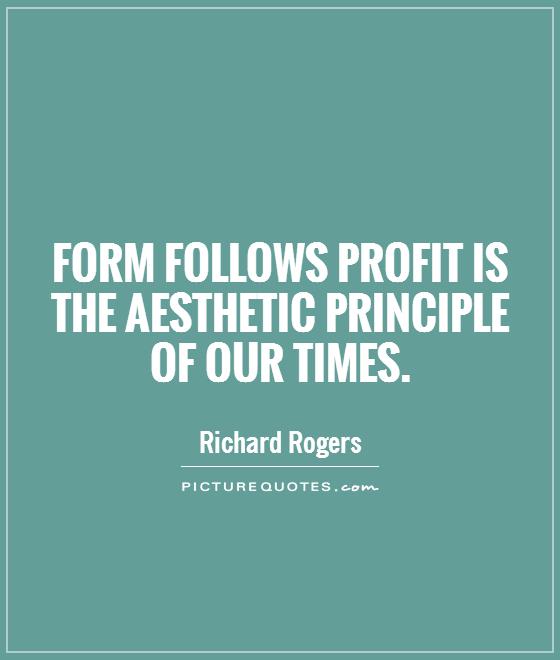
Form follows profit is the aesthetic principle of our times
Renowned architect Richard Rogers once famously stated, "Form follows profit is the aesthetic principle of our times." This provocative statement encapsulates the prevailing mindset in the world of architecture and design, where economic considerations often take precedence over purely aesthetic or functional concerns. In today's hyper-commercialized society, the pursuit of profit has become a driving force behind many architectural decisions, shaping the way buildings are designed, constructed, and experienced.The concept of "form follows profit" suggests that the primary goal of architecture is to maximize financial returns, rather than prioritize the creation of beautiful or innovative spaces. This mindset can be seen in the proliferation of cookie-cutter buildings that prioritize cost-efficiency and marketability over architectural creativity or social impact. Developers and investors often prioritize profit margins over the long-term sustainability or cultural significance of a building, leading to a homogenization of the built environment and a loss of architectural diversity.
In this context, Richard Rogers' words serve as a critique of the commodification of architecture and the prioritization of profit over artistic integrity. The emphasis on profit-driven design can result in buildings that lack soul, character, and a sense of place, leading to a bland and uninspiring urban landscape. The relentless pursuit of profit can also lead to the exploitation of resources, the displacement of communities, and the degradation of the natural environment, further underscoring the ethical implications of prioritizing profit over people and planet.
However, it is important to note that Rogers' statement is not a condemnation of capitalism or economic considerations in architecture. Rather, it is a call to reevaluate the values and priorities that shape our built environment, and to consider the social, cultural, and environmental impacts of our architectural decisions. By challenging the notion that profit should dictate form, Rogers encourages architects, designers, and developers to think beyond the bottom line and to prioritize creativity, sustainability, and social responsibility in their work.

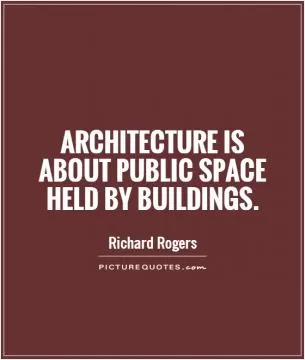

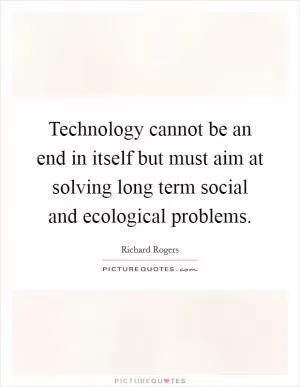
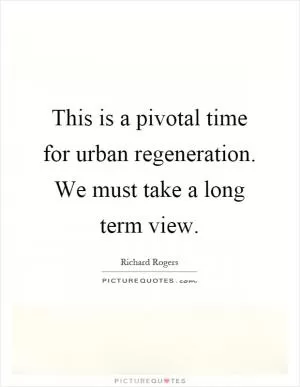


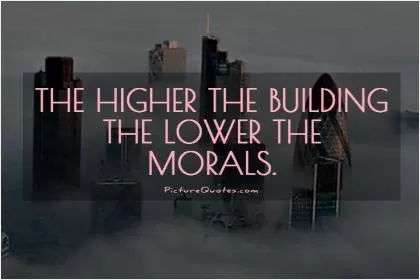

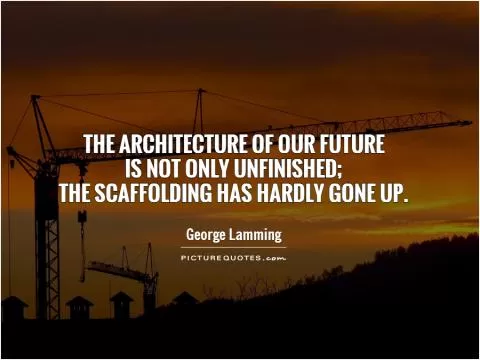

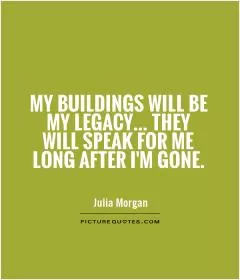
 Friendship Quotes
Friendship Quotes Love Quotes
Love Quotes Life Quotes
Life Quotes Funny Quotes
Funny Quotes Motivational Quotes
Motivational Quotes Inspirational Quotes
Inspirational Quotes